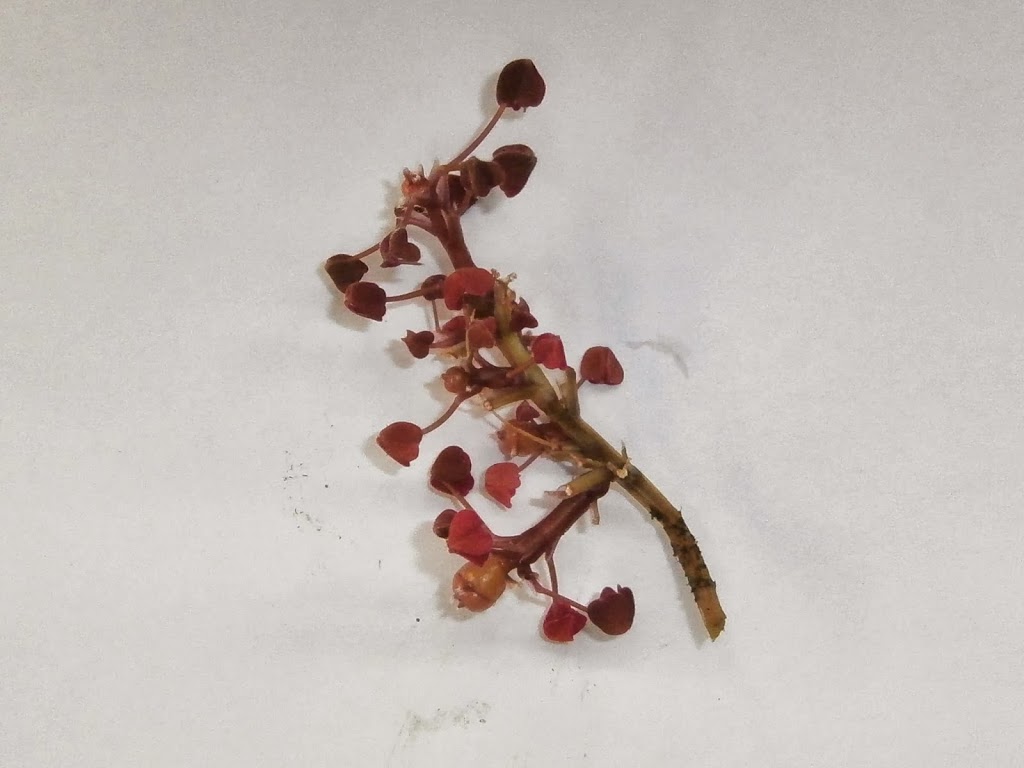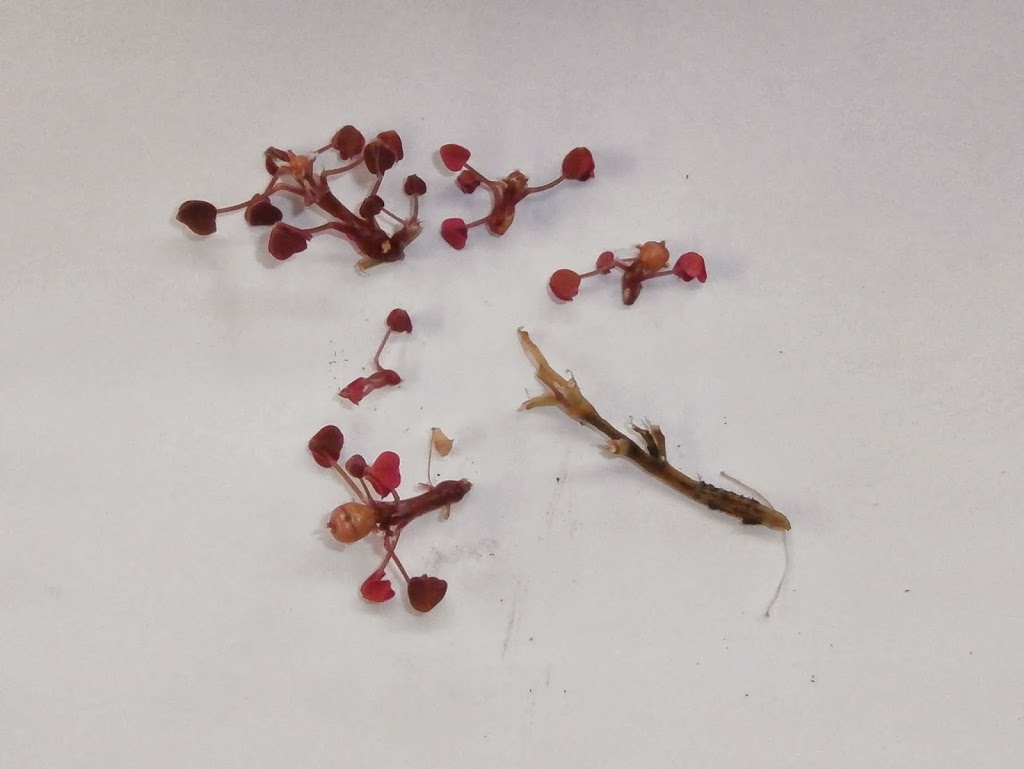No products in the cart.
Blog, oca (Oxalis tuberosa)
Oca: Lifespan of cuttings
We overwintered quite a few seedling oca plants this year. These plants were started from seed in August and only a few produced tubers before the end of the season. I wasn’t sure what to expect – if the plants would form tubers indoors, if they would grow through the winter, or if they would just suddenly hit their expiration date and die off. Our results indicate a combination of the above.

Cuttings that we took from plants that had not yet set tubers grew through the winter. They have rooted and appear to be growing like any other oca plant. I’ve been planting them out this week and I anticipate that they will grow through the season like any plant started at this time of year.
The cuttings that we took from plants that had formed tubers are the more interesting case. Until recently, they looked as healthy as the other group of cuttings and they continued to grow indoors through the winter. About a month ago, I noticed that many of them were forming aerial tubers. The new growth branches began to thicken. Over the past couple of weeks, it has become obvious that the old stems are dying. On pulling them from the soil, the cause is clear: none of them formed roots.
The division between the two groups is very clear. Every cutting from the plants that had not formed tubers has well developed roots. Every cutting from the plants that had formed tubers has no roots. In addition, the stumps of the original plants, which obviously had roots, died back as well. So, it is not just a failure to form new roots; the roots on the original plants appear to die off after tuber formation.

So, it appears to me that oca is only perennial through the formation of new plants from tubers. Even in a mild climate where the plant is not killed by frost, the mother plant eventually dies off to make room for its tubers to start the next generation. The sample size is pretty small here and this doesn’t remotely resemble a controlled experiement, so there may be other factors at work, but the limited evidence seems to point in a pretty clear direction.
This is an important consideration for the oca propagator. Plants can probably be continued from cuttings indefinitely as long as the plant is not allowed to form tubers. Cuttings taken from a plant that has formed tubers will be an intermediate step toward the production of sprouted aerial tubers which can be separated and replanted.
This may also provide interesting fodder for future experiments. It appears that oca produces a chemical signal that probably both starts tuber formation and triggers senescence in the existing growth. Either the signal persists for such a short time that the new growth (tubers) is not affected by it or the new growth produces a chemical that counters the signal. The safe assumption is that this signal is produced when daylength falls below a certain threshold, although it appears that it also requires plants of a certain size before this can happen. That may be an indication that the new growth produces a countering signal and that the tuberization signal may actually be a long-lived event. Is it possible to force a plant to produce this chemical signal by moving it into dark conditions and then transfer the chemical, perhaps by sap inoculation, into another plant to force tuberization? If I have time to play around this year, I will do a few experiments.
